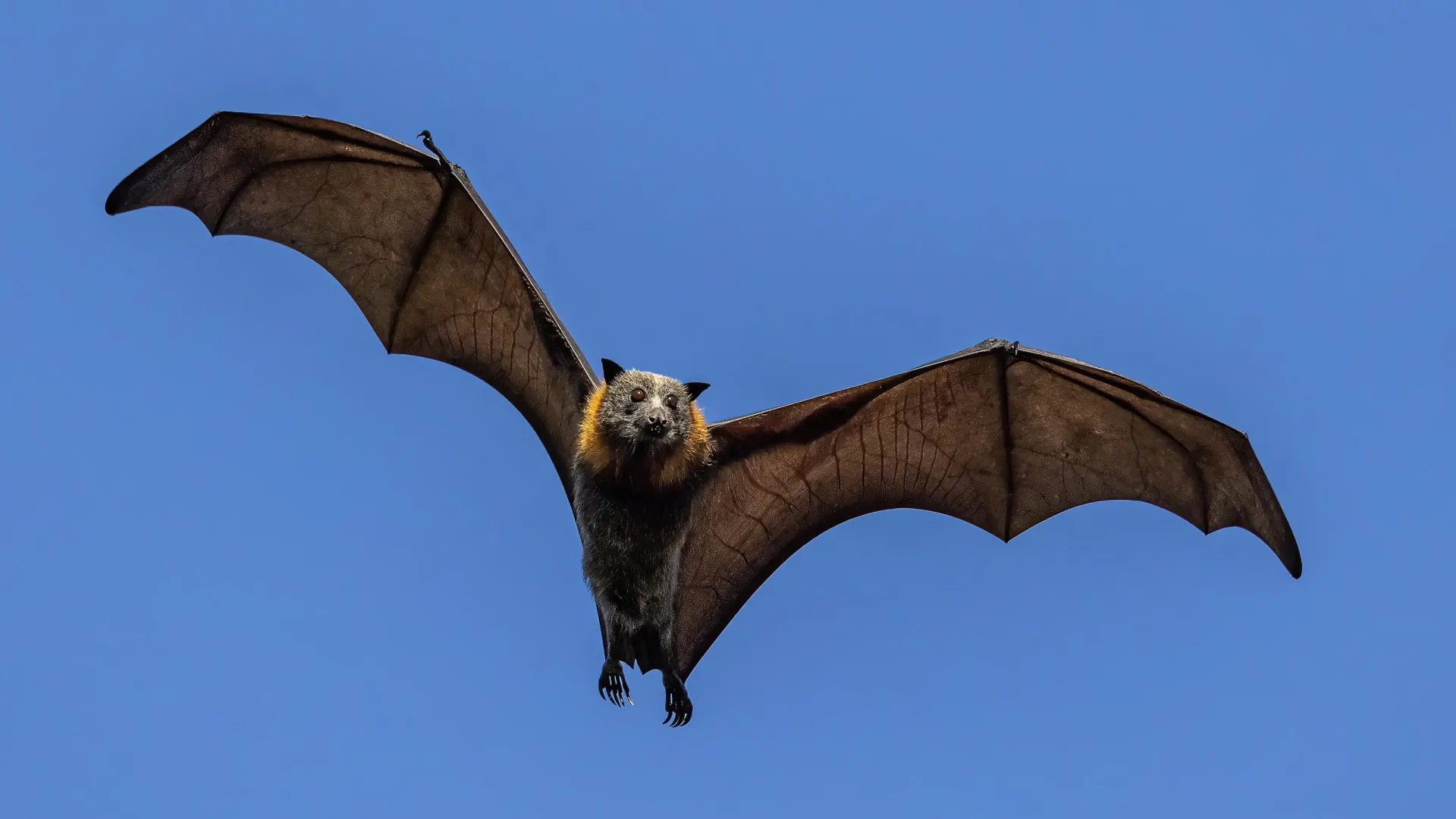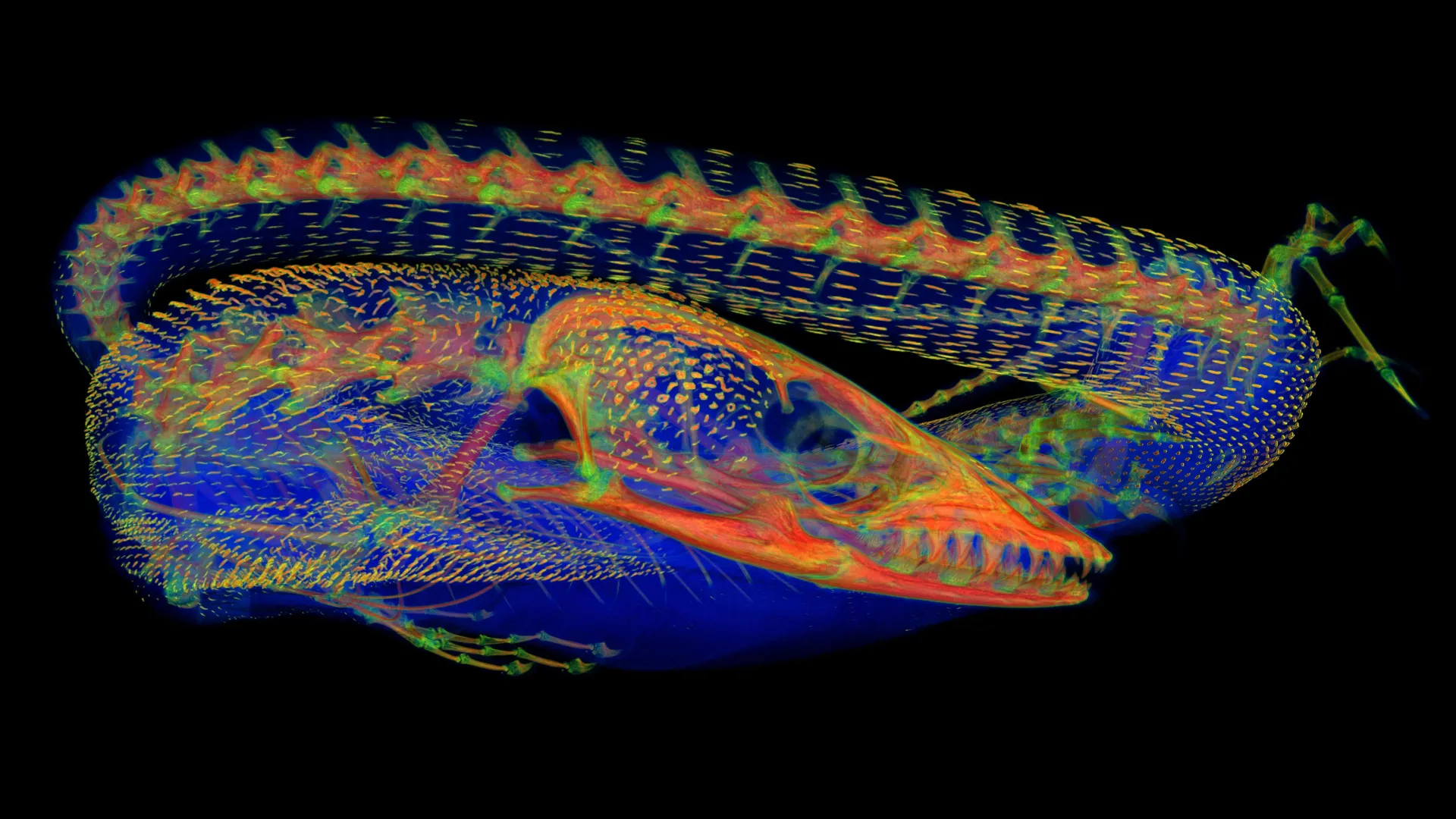Now Reading: Teenage Bats Spark New Viruses: Why Scientists Are Watching Closely
-
01
Teenage Bats Spark New Viruses: Why Scientists Are Watching Closely
Teenage Bats Spark New Viruses: Why Scientists Are Watching Closely

Swift Summary
- Study Overview: Research by the University of Sydney, published in Nature Communications on July 17, examined how and when coronaviruses emerge in bats.
- Key Findings: young bats are disproportionately infected and often co-infected with multiple coronaviruses between March and July during their weaning period.
- significance of Co-Infections: Juvenile bats showed high rates of co-infection, a natural precursor for generating new viral strains.
- Virus Types Detected: Six nobecoviruses-non-human infecting subclasses-were identified. Three were previously unknown but useful for understanding SARS-like virus evolution.
- sample scope: Over 2,500 faecal samples were collected over three years at five Australian bat roosts.Genomics tracked infections at an individual level.
- Environmental Stressors: Habitat destruction plays a role in weakening immunity among bats, raising their susceptibility to infections-a potential factor in spillover risks.
Indian Opinion Analysis
The research highlights critical dynamics between environmental changes and zoonotic diseases. While the data focuses on Australian bat populations, its broader implications regarding habitat stress resonate globally-including India’s own growing urbanization and deforestation challenges that put human populations closer to wildlife. Given India’s biodiversity and heavy reliance on agriculture near forested areas-potential bridging zones-the predictive approach modeled in this study offers opportunities to proactively monitor animal hosts for emerging risks.
By focusing on periods of heightened susceptibility among younger animals (e.g., post-weaning), such frameworks could aid Indian scientists in mitigating future outbreaks before they reach humans. The depth of genetic tracking used here demonstrates how large-scale virological studies can strengthen public health preparedness against novel pathogens without causing alarm regarding endemic viruses that don’t currently pose risks.

























